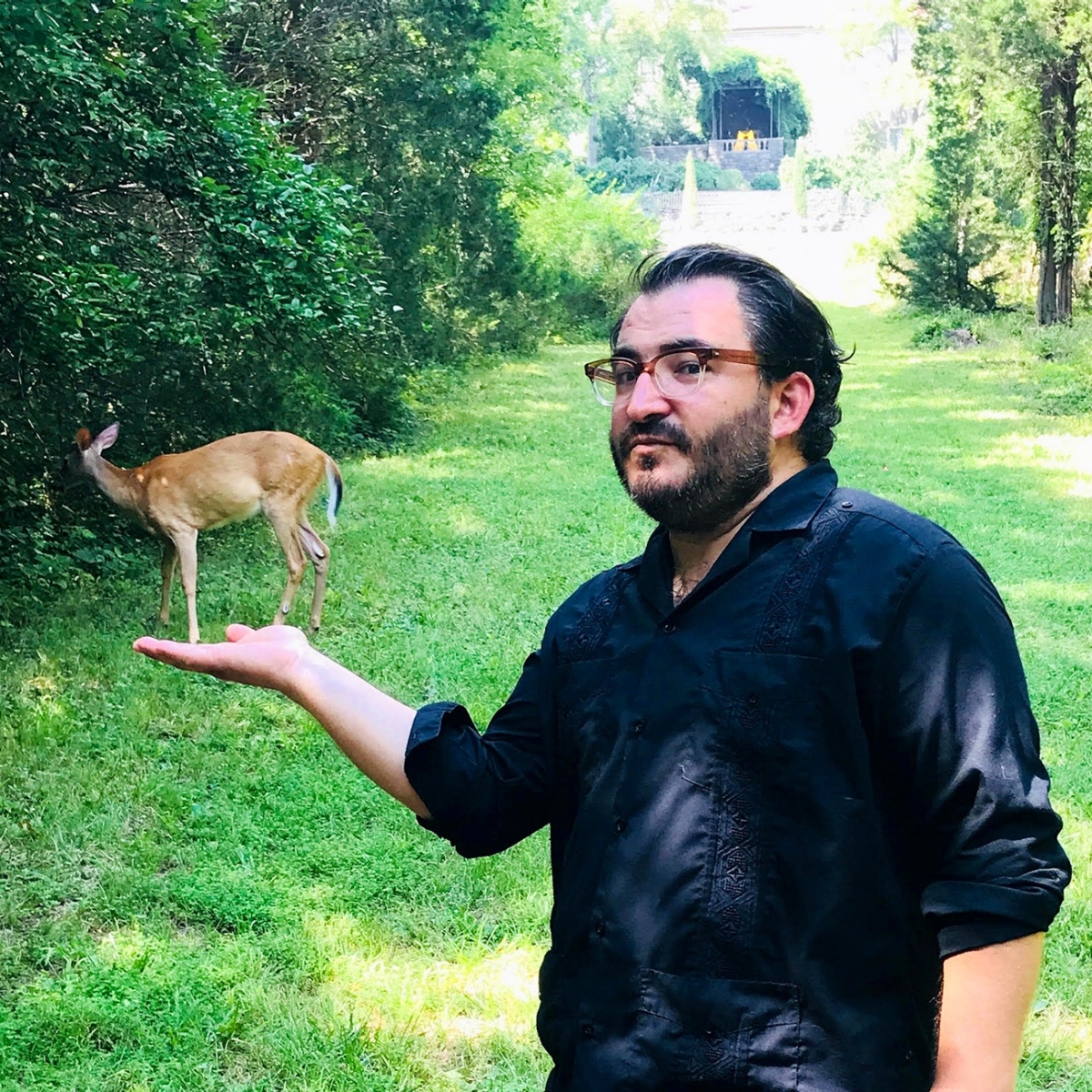David Brooks
Faculty Fellow

David Brooks is a research-based artist whose work considers the relationship between the individual and the built and natural environment. Understanding that the division of culture from nature is an ideological construction, much of Brooks' research examines the causes and effects of ecological crisis, the cultural impasse it represents, and questions the terms under which nature is perceived and utilized. Much like the interdisciplinary science of conservation biology, which uses a hybrid method of analysis incorporating history, infrastructure, aesthetics, tactile facts and social responsibilities as common grounds within the landscape, Brooks' work follows this iterative process of forming projects unique to their origin of inquiry. His site responsive work investigates how societal concerns cannot be divorced from natural processes, as they inevitably define each other, while employing a myriad of disciplines in the making of each project. Often displacing infrastructural frameworks to draw comparisons with natural processes, Brooks' sculptural interventions are more enacted than constructed; better read as performative scenarios than disembodied compositions.
Brooks has had solo exhibitions and major projects at the Aldrich Contemporary Art Museum; Storm King Art Center; MoMA/PS1; deCordova Museum; the Dallas Contemporary; Tang Museum; deCordova Museum, MA; Nouveau Musée National de Monaco; Galerie für Landschaftskunst, Hamburg; Nevada Museum of Art; Ballroom Marfa; the Sculpture Center, NYC; The Visual Arts Center, Austin; Cass Sculpture Foundation, UK; Bemis Center for Contemporary Arts, Omaha; ASU Art Museum, AZ; and the American Academy in Rome, among others. From 2011 to 2012 Brooks had Desert Rooftops on view in Times Square, a 5000-sq. ft. earthwork commissioned by Art Production Fund; from 2017 to 2018 a large-scale geologic installation on Governors Island as the inaugural commission by the Trust for Governors Island; as well as a growing earthwork, Budding Bird Blind, as the inaugural commission by Planting Fields Foundation, Oyster Bay, NY in 2020. He is the recipient of the Rome Prize, a research grant to the Ecuadorian Amazon from the Coypu Foundation, and a Smithsonian Artist Research Fellowship. Brooks lives and works in New York, and is a professor at NYU Gallatin.
Project Desccription
Since 2005, David Brooks has participated in several biodiversity survey expeditions of the Amazon basin. Brooks began using a drone as a scanner in recent years to document sections of the lowland Amazon forest threatened by logging, fossil fuel industries and bauxite extraction. These drone scans record the last moments of the forest's existence. From the scans, he made 3D prints, and from those aluminum casts were poured. Like the centuries old tradition of death masks taken from the recently deceased, these aluminum castings are literal impressions of forest sections no longer living.
Visitors would look down at the "Death Mask for Landscape” castings just as one would see these forests from the distancing effects of Google Earth. The digitized rendering of forest cover remains visible in the aluminum castings–the residual effect of an algorithmic capture of a uniquely organic forest body–challenging the technological dependence by which we view the biosphere.
“Death Mask for Landscape” anticipates an audience in a distant future. The GPS coordinates of each razed site are indelibly stamped onto the surface of the aluminum casts, allowing a future generation to see what once lived at these precise locations. From this, the work seeks to give a sense of agency to those most intimately impacted by extractive industries.
In the coming year, Brooks has three planned expeditions to Peru and Colombia of study sites in imminent danger of razing, which stand to suffer vast forest and biodiversity loss. The preservation of biodiversity is imperative to mitigating the climate emergency. We cannot have one without the other, as the maintenance of the genepool and carbon sequestration are vital to climate dynamics.
This project seeks to work in a manner that is not a representation of the problem at hand, but engages the actuality of the forest being impacted. If one thinks of these forest scans and prints analogously with that of a human fingerprint, one can see how the fingerprint is not a representation of the uniqueness of a person’s body but is rather a direct trace of its actuality and erasure. This project aims to engage that aspect of a public’s consciousness that may feel disconnected from the consequences of our collective actions, in order to bring an individual's sense of empathy to the scale of a forest.